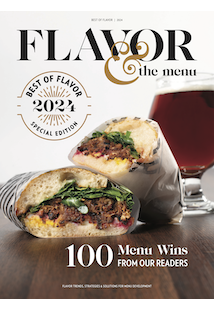
The salmon category—commercially available through wild and/or farmed sources—comprises a range of different species that are generally interchangeable in many recipes. However, within the category, there are both significant differences and subtle nuances between species, depending on their origin.
Arctic Char (farmed)
Typically a pale orange-fleshed fish with a delightfully yielding texture and slightly milder flavor than that of salmon.
Salmon, King (wild, sometimes farmed)
The richest and most celebrated of all types of salmon; it has a distinguished flavor and very high fat content. This is also the largest of all the salmon species.
Salmon, Sockeye (wild)
This darkly-hued fillet has a gamey/wild flavor. Its assertive personality allows for robust flavor combinations and makes it a great pairing with light red wines.
Salmon, Atlantic (farmed)
There is a wide spectrum of qualities in farmed salmon, depending on the farming practices. Some are incredibly rich and flavorful while others are lean and mild in flavor. Though originating in the Atlantic ocean, the species is only available farmed and is produced around the world.
Salmon, Coho (wild, sometimes farmed)
This has a structured flavor and easily pairs with a range of ingredients. It has a medium fat content with a firm texture when cooked.
Trout, Rainbow (farmed)
This is often sold head-on and butterflied and makes for great stuffed preparations. Its delicate and lean flesh has a broad flavor and pairs well with butter-based sauces that have a bit of acidity.
Salmon, Chum (wild)
Light in flavor with a nuanced personality, its defining characteristic is a balance of “salmon-ness” with a leaner fat content.
Salmon, Pink (wild)
This is the lightest colored, mildest flavored and leanest textured of all the salmon species. It should be treated with a gentle hand to account for its delicate texture.
Trout, Steelhead (farmed, sometimes wild)
Similar to farmed salmon in appearance, it has a slightly more angular and acute flavor and a denser texture.







